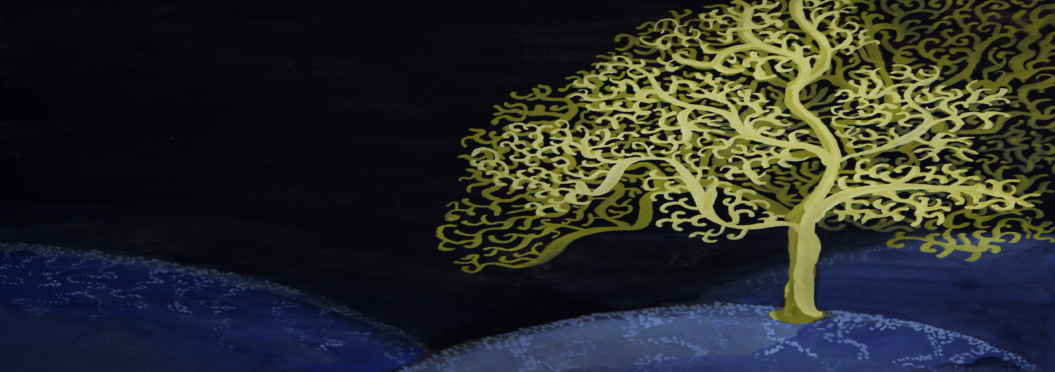Most of the seafloor in the MPA is similar to that seen in abyssal plains around the world, with relatively flat topography and substrate consisting of mud and soft sediment (Scheckenbach et al, 2010). Interrupting these vast swathes of flat abyssal habitat are oceanic features associated with past or current submarine volcanic activity. Around the slopes of the Island and seamounts, the coarse sand and rock habitat seen in shallow water extend to a considerable depth (at least 1000m). Along the Mid-Atlantic Ridge, volcanic activity and the spreading seafloor create hydrothermal vents of superheated water (300- 450°C) under immense pressure and rich in chemicals. These features create a greater range of niches for specialised organisms and can be rich in biodiversity relative to the surrounding plains.
The lack of light penetration limits primary productivity in most deep benthic habitats. Instead, they depend on energy captured by photosynthetic organisms at the surface falling through the water column to the seafloor in the form of dead animals or waste products. The exception is the hydrothermal vents where primary production is completely independent of the sun (Koschinsky et al, 2008) and is instead driven by microbes that use chemicals from the vents to create energy (Van Dover et al., 2018).
